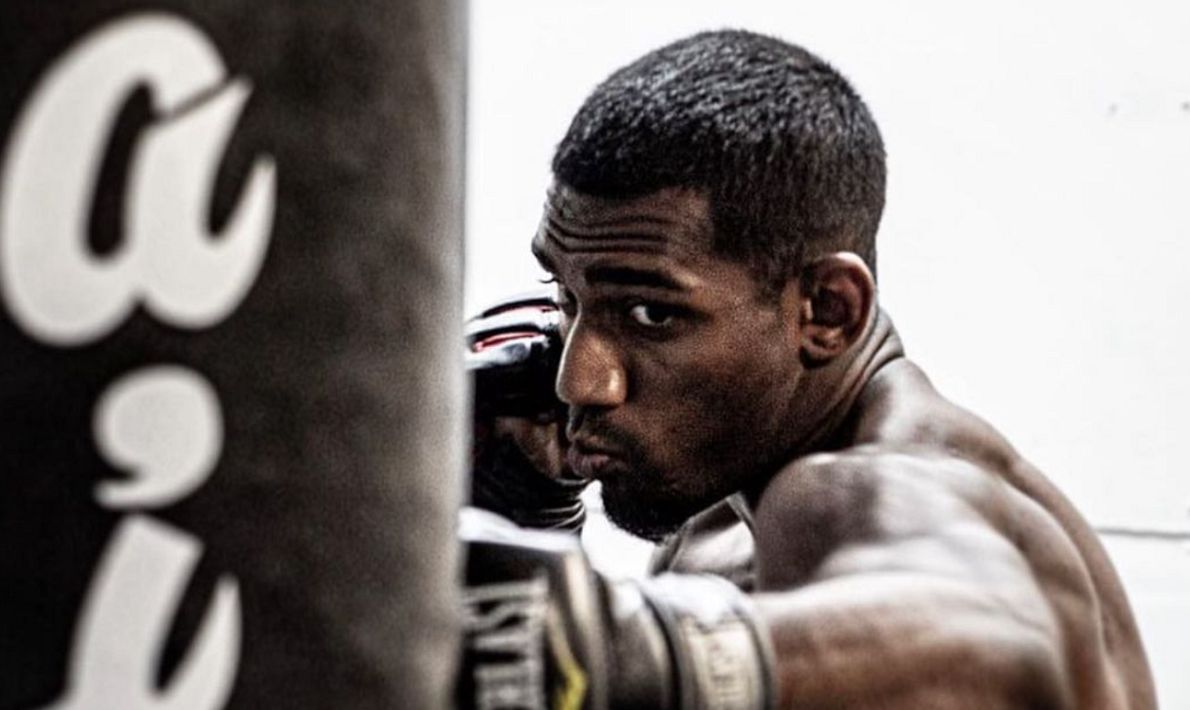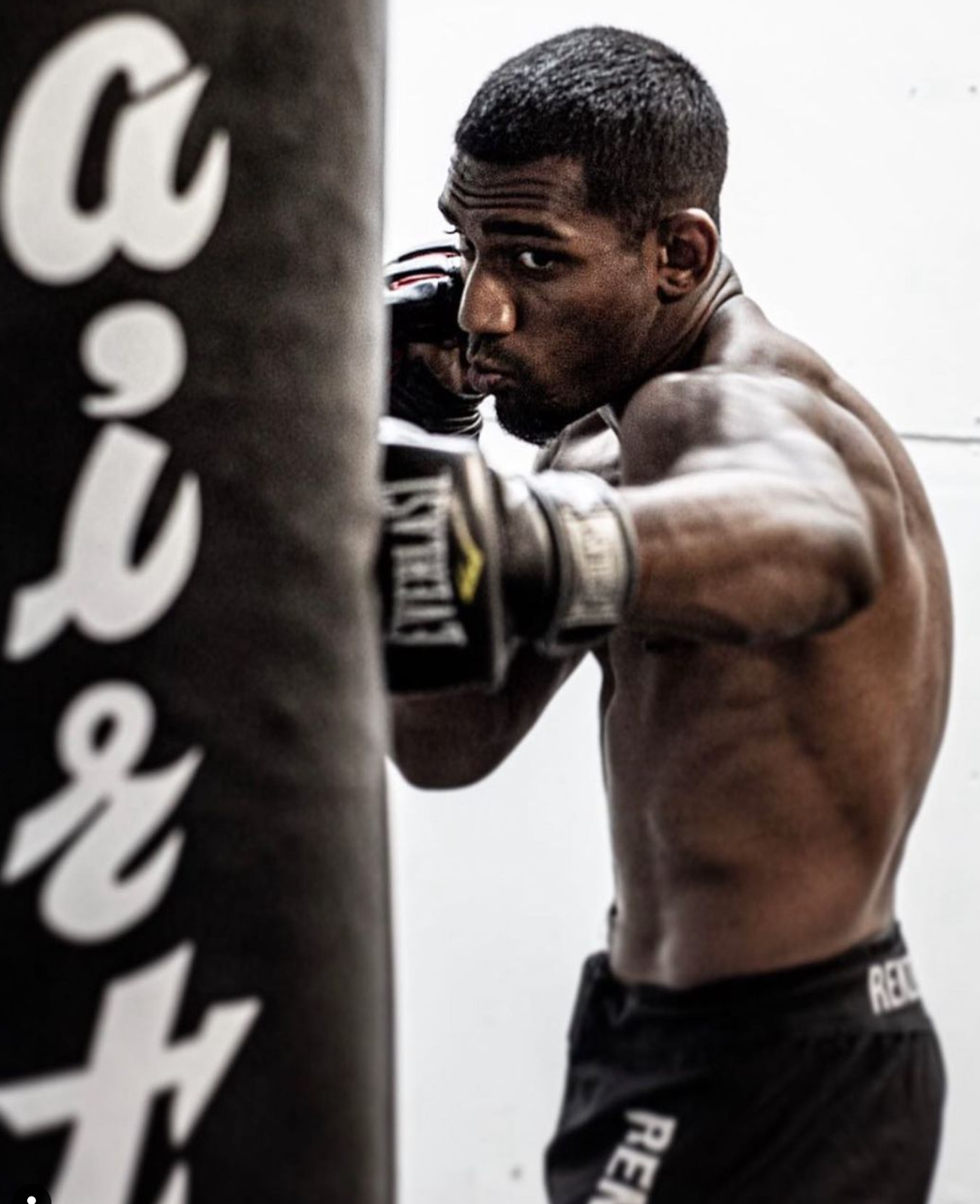Building Resilience: The Importance of Conditioning in Mixed Martial Arts Training

Conditioning is absolutely vital for any involved in combat sports. Whether you’re playing high school hockey or training to become a professional MMA fighter, conditioning needs to be the backbone of your game if you ever plan to have the endurance to be a serious athlete and competitor.
As Coach Firas Zahabi of Tristar Gym in Montreal notes in the above video, a lot of jiu-jitsu gyms have removed conditioning from classes. Instead, many classes are a tight one hour where you have a quick warmup, learn a technique for about 30 minutes, roll for another 30, and then leave. “It’s the only martial art that took out physical conditioning,” Firas says. Even high school football and wrestling teams make conditioning a core part of training.
“Conditioning and combat sports go hand in hand,” he says. “You cannot have one without the other.” This is because conditioning not only improves performance by making you stronger and increasing your endurance; it also prevents injury and prepares you for real-world scenarios. Even if jiu-jitsu’s technique is more sophisticated than any other martial art, you cannot hope to prevail in a serious competition or a real fight without conditioning.
Preventing Injury

Injury is a major concern for anyone who participates in combat sports. After all, you’re putting a lot of stress on your joints and muscles by twisting and turning while also absorbing the concussive force of getting slammed to the mat, punched in the gut, or hit by someone running at full speed. Packing on muscle helps you withstand those blows and without enough mass you can be left with more than just minor cuts and bruises.
The kinds of movements you perform during conditioning exercises or weight training are fundamentally different. For example, lunges with kettle bells will cause significant stress on your muscles, but the movement (when done correctly) should be linear. It doesn’t twist and turn and cause unnecessary stress on your ligaments and joints. However, by stressing the muscles in your legs—both your major muscle systems and the minor ones that keep your joints steady—you eventually build up both strength and stability. That increased stability will make you more resilient to injury once you’re back on the mat.
Preparing for the Real World
Skipping conditioning may not affect you when you’re rolling with a partner at jiu-jitsu class. Very few people are even approaching full throttle when they’re training because they know it’s just practice, and that the goal of training is to improve and refine technique rather than win at any cost. Your partner is trying to get you to tap and exploiting any mistakes you may make, but they don’t mean you serious harm.
This isn’t true in a real-world fight, especially when the other person does mean you serious harm. In some instances, the stakes can literally be life or death, and your nervous system will respond according. When you face a legitimate threat, your adrenal glands kick into overdrive, your heart rate spikes, your muscles tense up, and your senses become keener. In addition to putting you on edge, Firas explains that “the adrenaline of a real fight saps your work capacity.”
Consequently, you burn a lot more calories when you’re really fighting, and it can take a lot out of you. If you’re not conditioning, you’re going to burn out extremely quickly, which means you’ll be more likely to make a mental mistake or not have enough gas in the tank to successfully defend yourself.
When to Bring Conditioning into Your Routine
Firas notes that the timing of your conditioning is also important, and that you should always do it after class. When you’re grappling, you want your muscles to be at their strongest to keep you healthy. If they’re in a fatigued and weakened state, they won’t be able to respond as well to the stresses of jiu-jitsu, and they may fail. When that happens, that means injury.
This is not to say you should arrive to class cold. Firas recommends something light that will get your blood flowing and your heartrate up without putting too much stress on your muscles. Basketball and soccer are two good examples, especially if you’re playing a friendly game, rather than diving after balls like you’re about to be eliminated from a major tournament. If you can find a few people from the gym who want to meet up 30 minutes before class starts for a quick pickup game, that’s about all you need.
Once you’re done with training, you can then do some weight training or resistance training or go for a more intensive run. For Firas, this is how you improve not only your performance and endurance but keep yourself healthy. Moreover, if you find some people from class who want to head to the gym with you, you may also make some new friends.

